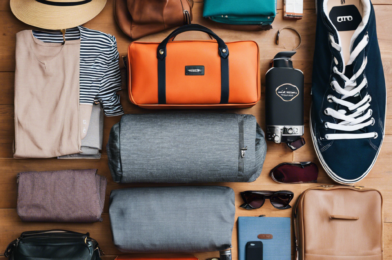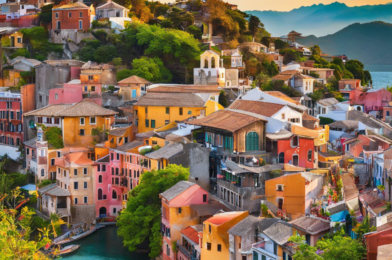Costa Rica is one of the most eco-friendly travel destinations, with over 25% of its land protected in national parks and reserves. The natural beauty, biodiversity and commitment to sustainability make Costa Rica an ideal green getaway. You can go hiking in the cloud forests, visit secluded beaches, spot wildlife in their natural habitat and learn about conservation efforts. The public transport system is efficient, so you can easily get around without a car. Many eco-lodges use solar power and recycle water, with sustainability certifications promoting eco-friendly practices.
New Zealand’s stunning natural landscapes, from beaches to mountains, make it a perfect eco-friendly escape. Over 30% of New Zealand’s land area is protected in national parks, and it aims to reduce emissions and transition to renewable energy. You can go hiking, cycling, kayaking or whale watching while supporting conservation efforts. Eco-friendly accommodation options are widely available, using solar power and sustainable waste management.
Slovenia is an eco-friendly European destination nestled between Italy, Austria, Hungary and Croatia. Nearly 40% of Slovenia is covered by forest, and it has a strong focus on outdoor activities and green tourism. You can go hiking and biking in the Julian Alps, spot bears and wolves in natural habitats, and visit crystal-clear rivers and waterfalls. Slovenia’s capital Ljubljana holds a European Green Capital 2016 award for sustainability and eco-innovation. Accommodation powered by renewable energy is easy to find.
Bali in Indonesia has beautiful beaches, jungles and rice fields waiting to be explored in an eco-friendly way. Many resorts and attractions in Bali have sustainability certifications and eco-friendly practices like recycling, composting and renewable energy use. You can go cycling through rice fields, hike up volcanoes, plant trees, visit wildlife sanctuaries and support local communities through volunteering or eco-tours. The Balinese Hindu culture also promotes harmony with the natural environment.






